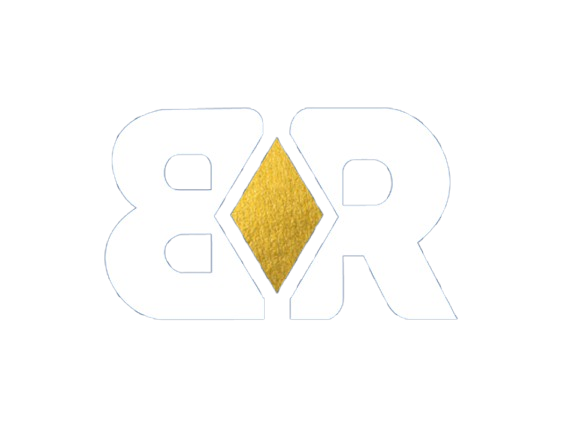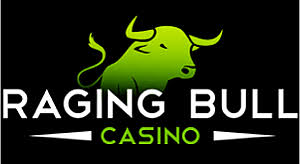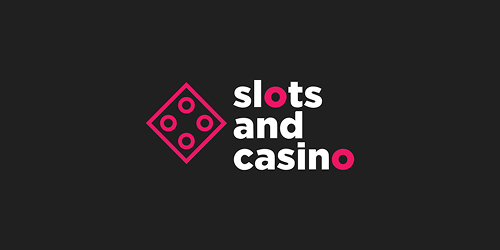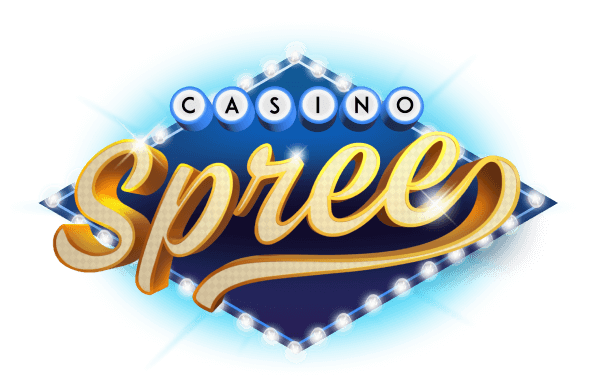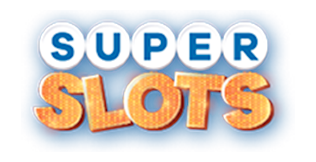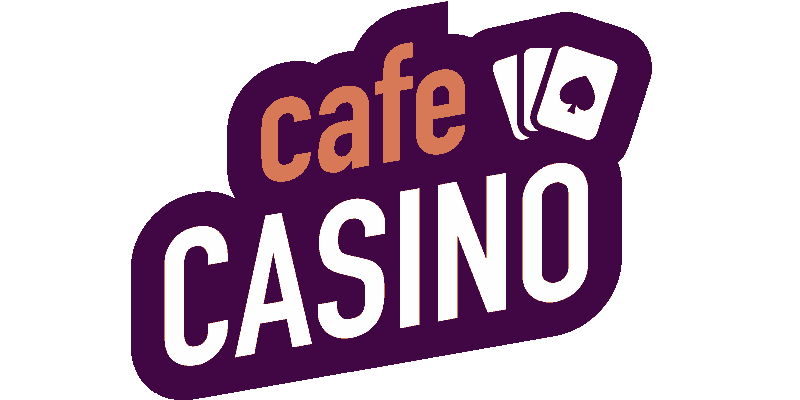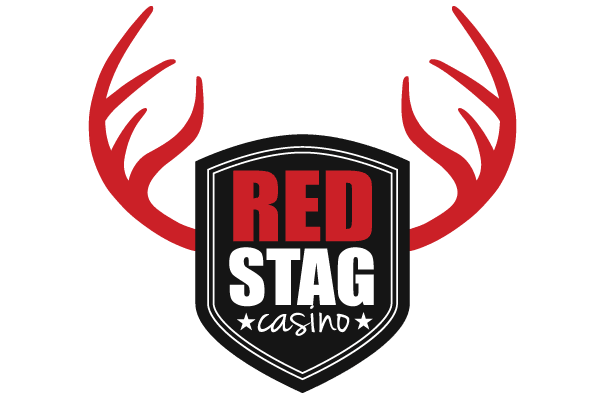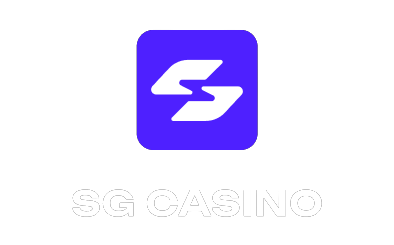What Does RTP Mean in Slots
Written by: Filip Gromovic Reviewed by: Nashon Khamala
Read time: 11 minutes
Whether you are a new punter or have spent years playing slot machines, one acronym that you will come across regularly is RTP (Return to Player) expressed as a number and a percentage sign. This number changes like a chameleon as you move from one game to another. If you are seeing this for the first time, you are probably wondering, «What does RTP mean in slots?».
Introduction to RTP Mean in Slots
This percentage is of utmost importance to punters. It is one factor that must be considered when picking a slot title from a long list of games with similar themes. We will break it down for you in this article.
Sometimes called player payout, it shows the ratio of bets to winnings. RTP is a term used in slots to represent how much of the bets return to gamblers as winnings and what percentage goes to the casino. Higher RTP means more money coming to the gambler as winnings—which is a good thing.
However, it is important to mention that the return to player definition is only theoretical. In practice, different factors determine the chances of winning on a spin, including the volatility, the Random Number Generator (RNG), bonus frequency and maximum possible win.
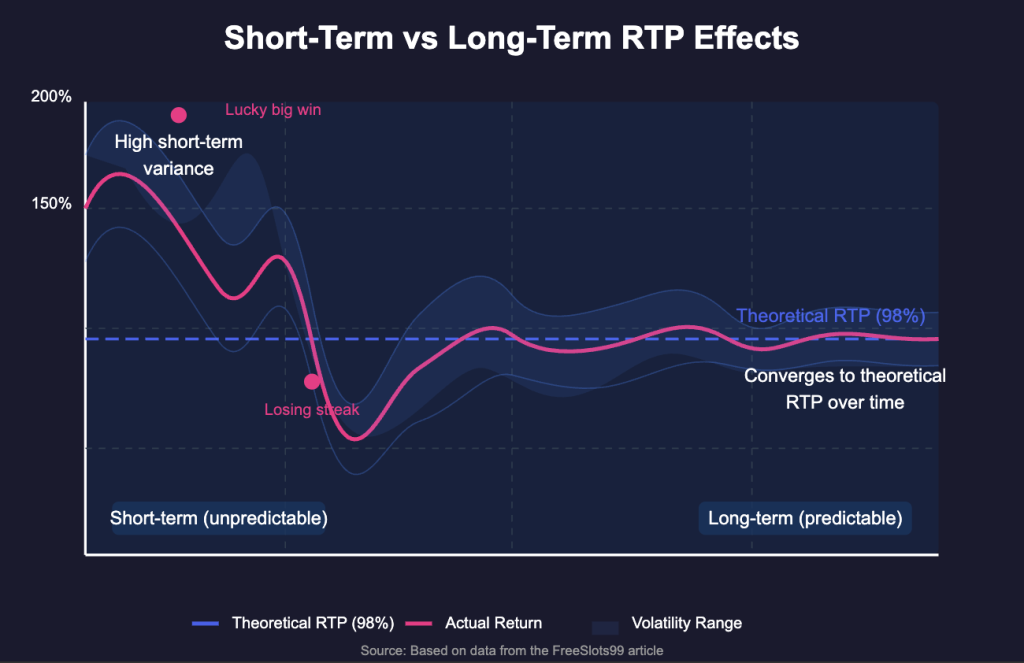
How Does RTP Work in Slot Machines
The theoretical explanation of RTP often seems like an oversimplification. However, for the lack of a better way of explaining the term, we are stuck with the theoretical definition. To better explain this, let us consider the 3×3 reel and five paylines slot, Mega Joker, developed by NetEnt. Its percentage is 99.0 which makes it one of the best in the industry.
Theoretically, that number means that if a player bets $100 on the machine, the house will only take $1 and return $99 to the punter. However, don’t expect to win back 99% of your wager every time because there are so many other factors that come into play. The $1 is what is called the house edge, which is also how casinos make money from gamblers.
How to Calculate RTP
Mathematically, RTP percentage can be calculated by dividing a player’s total winnings by their total bets and multiplying the result by 100. However, this formula is also the expected outcome, but in practical settings, if you use this formula for ten different gamblers on the same game, you are likely going to get ten different results. In other words, the term RTP is not black and white in definition because it is influenced by other factors.
Long-Term vs. Short-Term Expectations
Players can expect to win against the house in the short term. However, in the long term, the house always wins. For example, there have been instances where gamblers got so lucky that they landed huge wins on the first try. However, if the player continues over several hundreds or thousands of spins, the amount they will spend will eventually exceed their wins—and this is because of the RTP and RNG used by these games.
Here is a classic example using an ideal situation. Let us use a title with a high RTP of 98%. If the punter receives this amount consistently, their earnings will continue to decline every time they push the button. For example, if you make the initial bet of $100, you are supposed to theoretically receive $98 as winning. Assuming they reinvest that money for a second spin, they will receive $96.04. In other words, the casino’s 2% is constant, but nothing is guaranteed on the part of the better.
RTP and Random Number Generator (RNG)
RTP and RNG share similarities beyond just having three letters. However, their differences often overshadow anything they may have in common. As we have mentioned earlier, return to players is how much of the total bets on the machine is returned to gamblers as prizes. On the other hand, RNG is a software incorporated into slots by the developer to ensure the outcome of every spin is totally randomized to ensure a fair playing experience for all. Nevertheless, there is a correlation between RNG and percentage because they both play a role in the hit frequency of any title.

What is RNG
It is hard to talk about igaming without mentioning random number generators (RNG). This is a software or algorithm embedded in the game that randomly generates hundreds of number sequences per second. In a slot, each of the numbers in the sequence corresponds to a symbol. Therefore, the symbols corresponding to the number sequence generated by the software the moment the gambler hits the spin button become what will show up on their reels when it stops spinning.

How RNG Ensures Fair Gameplay
RNG ensures that every gambler has an equal chance of winning in the same game. It does this by making sure that the outcome of every spin is independent of the previous and doesn’t affect the next. There are different types of this system and each of them has slight differences in how they work. But keep in mind that the software cannot be removed or tweaked to favor the casino or the player. All these factors help them to maintain fairness in the igaming industry.

Relationship Between RTP and RNG
If you already know what is RTP in slots, the next question on your mind is likely how it relates to RNG. Well, on the player side, there is no relationship between the two and their differences are as clear as day and night. However, on the software developer side, they are similar and interwoven. For example, during the configuration of the RNG, the developers consider the target percentage range for the casino game so that over a long haul (over 1,000 rounds of spinning the reels) the theoretical percentage aligns with what is intended.
RTP and Volatility
As we highlighted in the second subheading of this post, volatility is one of the factors that determine your chances of winning when playing games in casinos. Casino games are classified under one of three volatility levels. This term describes how often players should expect to see winnings and what the size of the winnings would likely be. Ideally, gamblers aiming to increase their bankroll always aim for games with a high percentage and low volatility. The reason is that they expect frequent wins from every single spin. However, payouts can vary from very meager to average on such games.
Types of Volatility
There are three types of volatility levels in online gambling, namely low, medium and high. Slots based on low volatility will churn out more frequent small wins. On the other hand, winning on high volatility free slots may be more difficult, but are usually more substantial when they come. A low RTP slot with high volatility will likely be unpopular among gamblers because it tends to favor the casino more than the punter. In between the high and low lies the medium volatility games. They tend to strike a balance between hit frequency and the size of the payouts, which makes them a great option for regular punters.
Differences Between RTP and Volatility
If you have followed all we said to this point, you will easily see that return to player is different from volatility—albeit both of them are factors that determine your chance of winning on revolving reels in games. RTP determines the size of all bets that return to players as winnings over time while volatility is a feature that determines how frequently gamblers can expect to see wins and what the size of their payouts would look like. Volatility is different from variance, which shows how much your expectation deviates from the percentage. Mathematically, variance is the difference between the punter’s results and their expectations.
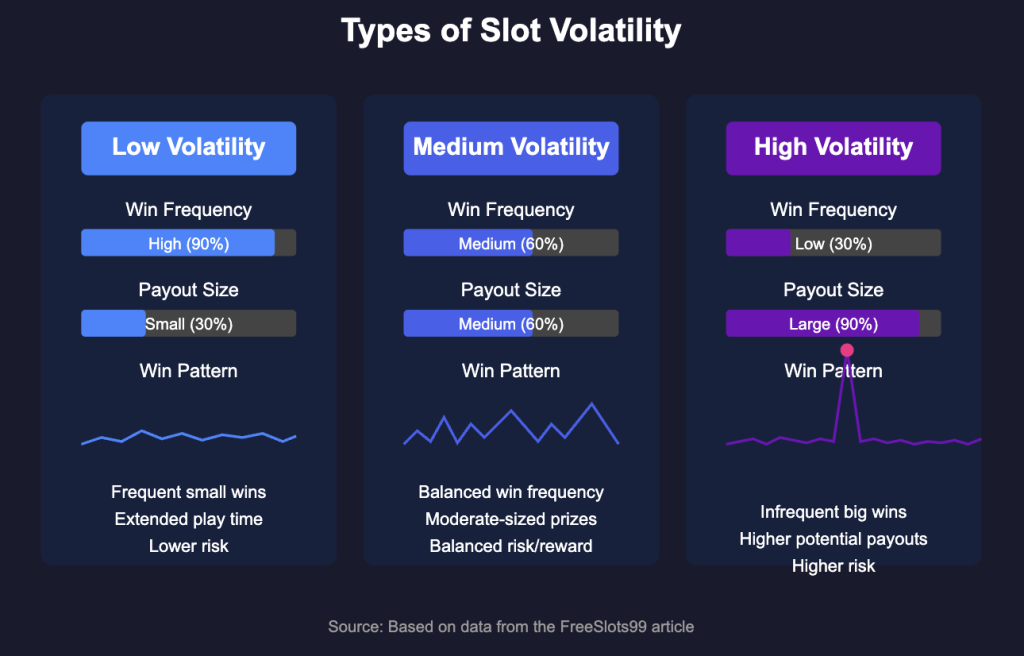
High RTP Slot Machines
While 96% is a sort of average in the igaming industry, we have found slots with percentages far closer to 100%, making them a great option for gamblers who are conscious about winning. Reputable software developers in the igaming industry like Playtech and NetEnt have all released titles with high percentages. See the table below for some of the high-percentage titles that you would find on online casinos.
| Casino Game | RTP (%) | Developer |
| Ugga Bugga | 99.07 | Playtech |
| Book of 99 | 99.0 | Relax Gaming |
| Uncharted Seas | 98.5 | Thunderkick |
| Blood Suckers | 98.0 | NetEnt |
| Starmania | 97.87 | NextGen |
How to find RTP on a slot machine varies depending on the developer. Although the information is always provided with the title, some are located in the help while others will be found when you click the question mark symbol. Here are steps to find this information on games from popular developers.
- NetEnt: select the question mark and scroll down to the heading for return to player
- Playtech: select the settings icon and choose help, then scroll to the bottom of the page to find the information
- Pragmatic Play: click the «i» symbol and use the arrow buttons to navigate to the game rules to find the information.
- Microgaming: click the help option to open a pop-up, and select return to player from the new menu to reveal the information.
How to Choose the Right Slot Based on RTP
Now you know how to check RTP on slot machine, it will be easier to pick the right slot based on this factor. Ideally, you should be playing games with high return to player—although there are other features you must pay attention to when making your choice. In addition to the return to player, it is always important to look at the volatility to ensure it fits into your betting habit.
By all means, look beyond the volatility and return to player, when making your choice. Although these features are important, it may be a good idea to try the demo to see if you find the graphics and sound interesting because they will contribute to your overall satisfaction. Online casinos are usually the best places to find free demos for popular titles.
But don’t just fall for any casino if you must take your gambling activities online. Look at the bonuses and promotions that each casino has to offer. In addition to that, read reviews about their operations, including how seamless deposits and withdrawals can be. Never ignore the opinion of others, or you may learn the hard way. If a lot of people complain about the same thing, take it seriously.
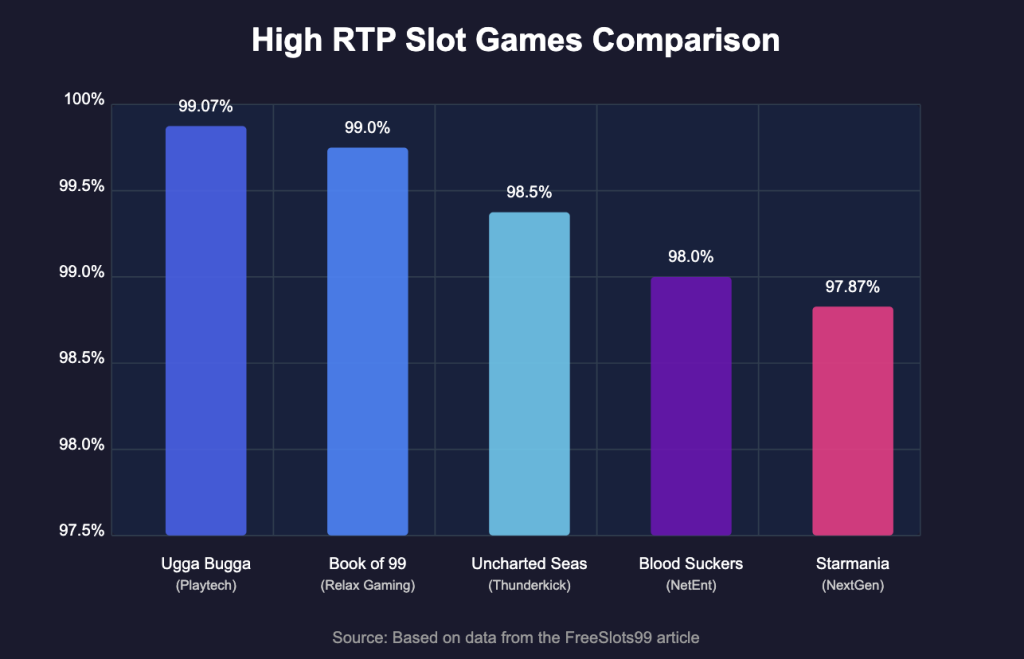
Casinos Where You Can Try Slot with High RTP
Responsible Gambling and Return to Player
Focusing too much on return to player may lead to the situation where you find yourself jumping from one game to another thinking that a higher percentage equates to better winning odds—which is certainly not true. The urge to chase after higher percentages can quickly trigger adrenaline overdrive and the need to test every new game, which can prove costly.
Two limits you must set when gambling—whether online or offline—are time and budget. Spending too much time pushing the button of a reel is unhealthy as this can negatively impact your relationships and come in the way between you and completing your daily activities.
You also have to set a clear budget and stick to it. As soon as you exhaust your budget, stand up and leave. Somehow, you must accept that losing is part of the game. Reputable online casinos have tools that allow you to set deposit limits, which may be just enough to keep your activities in check.

Australia
Contact: 1800-858-858
Contact: 13-11-14
Contact: 1800-858-858

Canada
Centre for Addiction and Mental Health
Contact: 1-800-661-HELP
Contact: 1-855-222-5542
Contact: 1-800-GAMBLER

New Zealand
Contact: 0800 664 262
Contact: 0800 654 655
Contacts: 0800-654-655

United States
Contact: 1-800-662-HELP
Contact: Refer to the website for local numbers.
National Council on Problem Gambling
Contact: 1-800-522-4700

United Kingdom
Contact: National Gambling Helpline 0808-8020-133
Contact: 0808-8020-133

